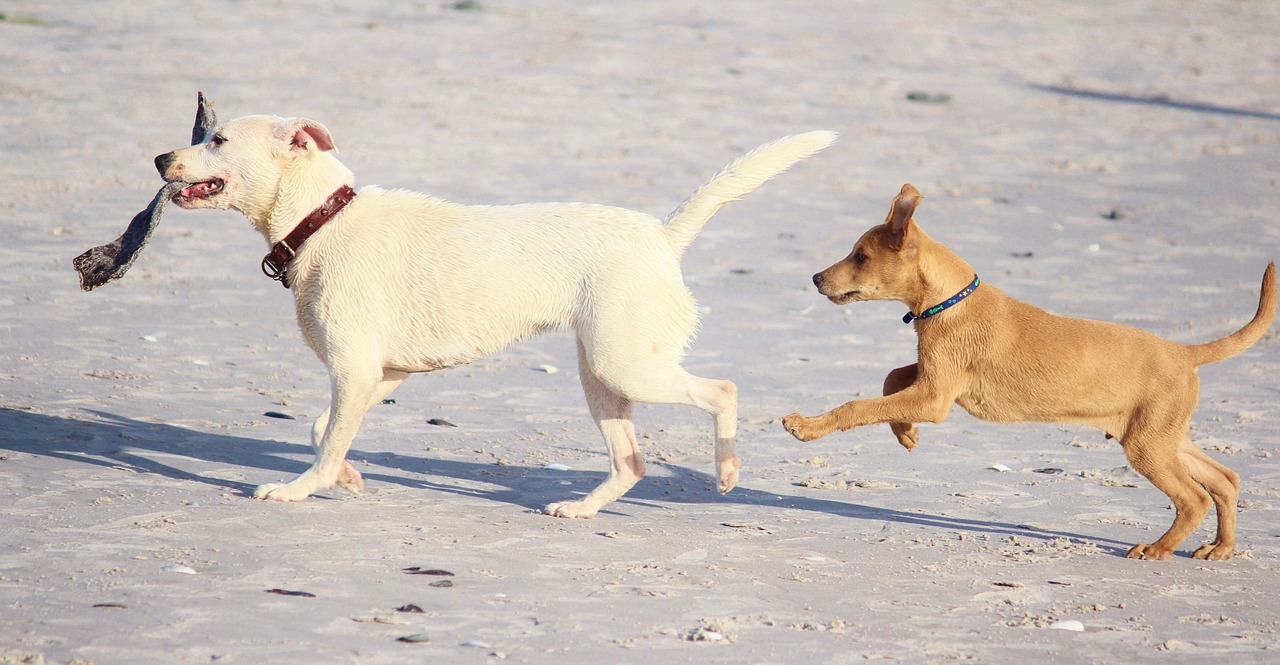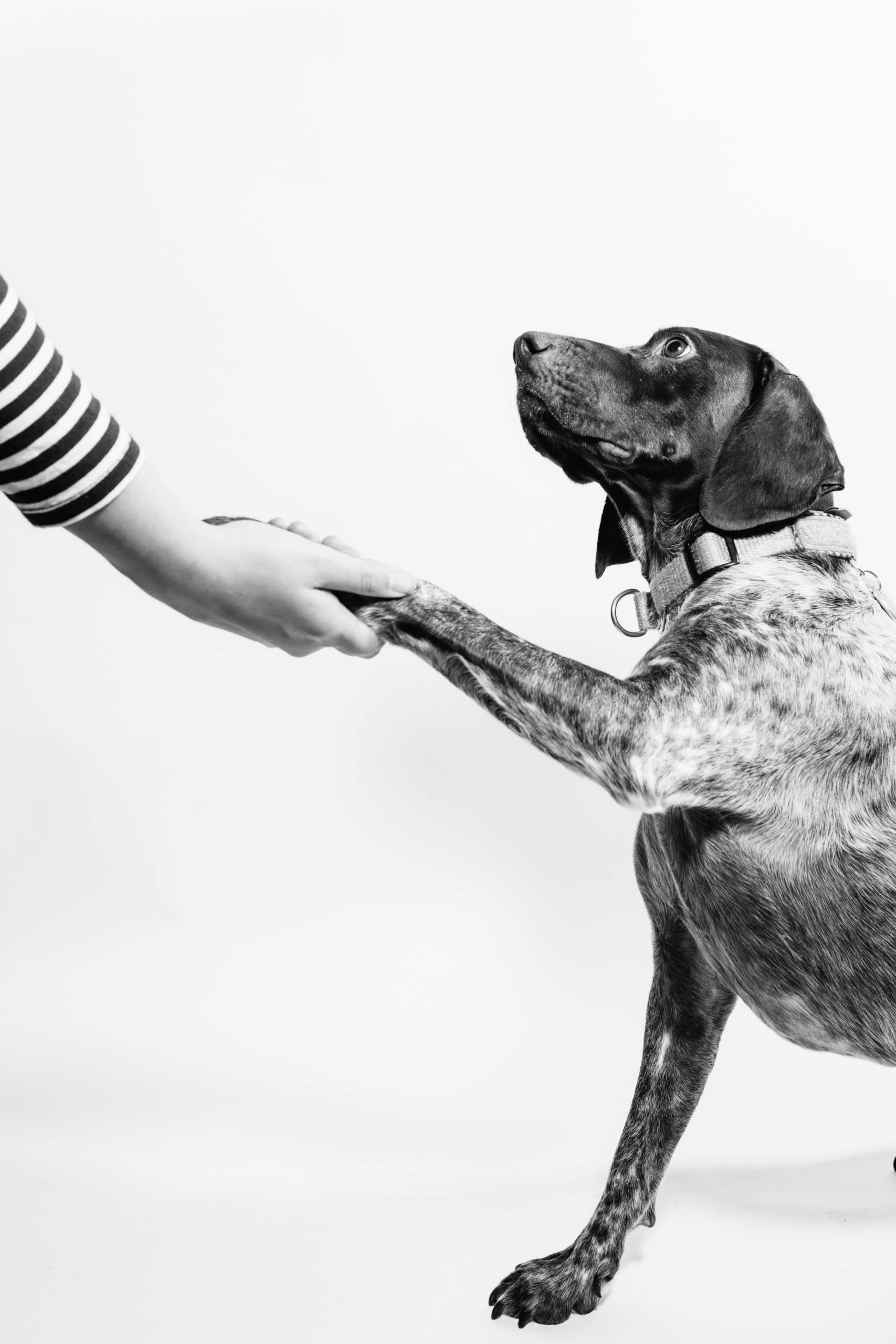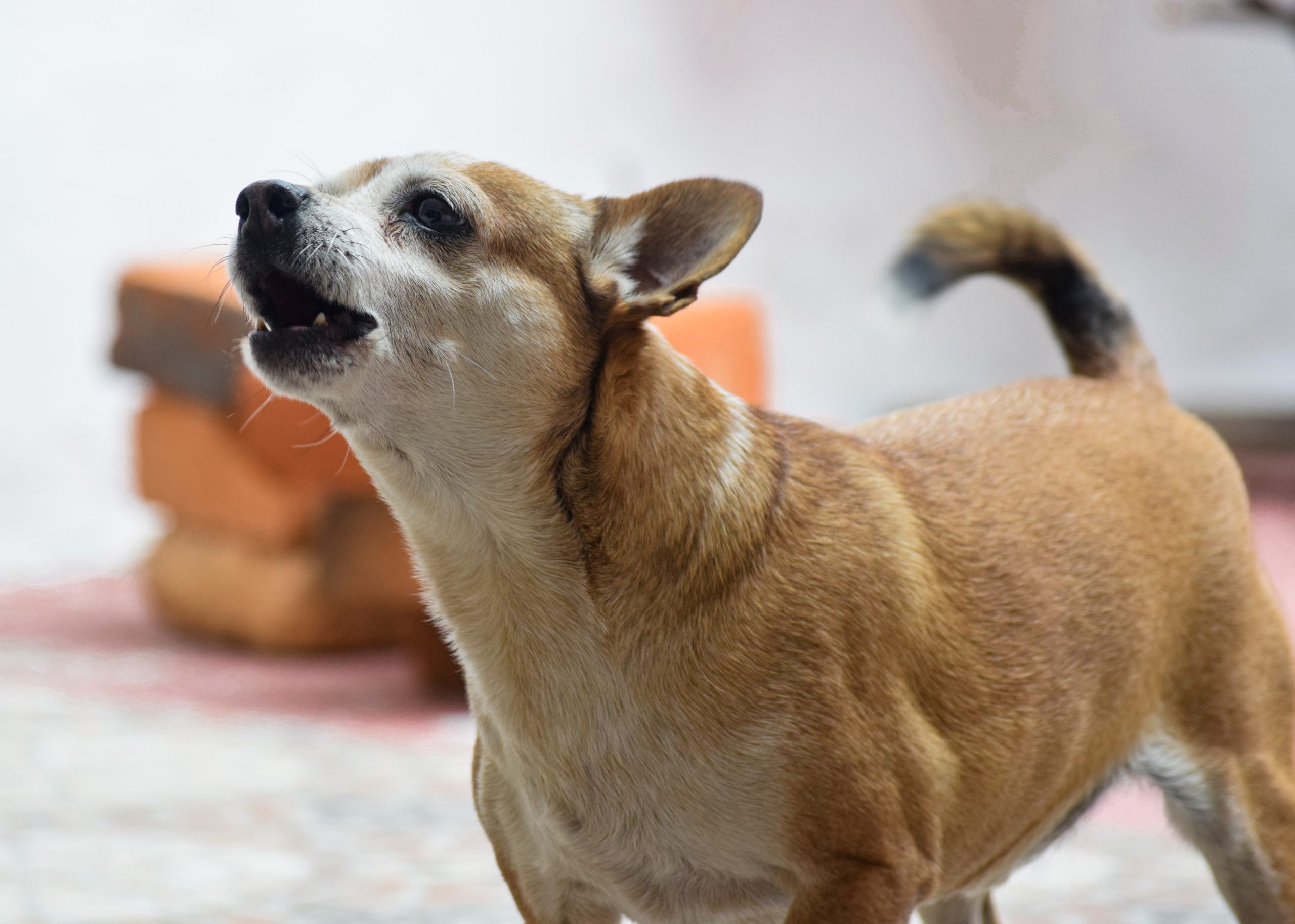Introducing a new puppy into a household with an existing dog can be a daunting task for any pet owner. While it’s exciting to bring in a new furry friend, the introduction process can be filled with apprehension and uncertainty.
Will the dogs get along? Will there be fights? How can I make sure everyone is happy and safe?
In this blog post, we’ll guide you through the best practices to introduce a new puppy to a dog, step-by-step. We’ll discuss common challenges that may arise and provide actionable tips for overcoming them.
By the end of this article, you’ll have the knowledge and confidence to successfully introduce your new puppy to your existing pup and build a harmonious household that everyone can enjoy.
Getting the Puppy Acquainted with the Home Environment
When introducing a new puppy to your dog, the first step is getting the puppy acquainted with its new home environment. This means creating a designated space for the puppy, such as a crate or playpen.
Give the puppy plenty of toys and a comfortable bed to make it feel at ease. Introduce it to the different rooms in the home one at a time, allowing it to explore and become familiar with its new surroundings.
This will help prevent stress and anxiety when the puppy is eventually introduced to the dog. A happy and comfortable puppy is more likely to have a positive interaction with the dog.
Introducing the Puppy’s Scent to the Dog
When introducing a new puppy to your dog, it’s important to make the transition as smooth as possible. One way to do this is to introduce the puppy’s scent to your dog before the first interaction.
This can be done by placing a blanket or toy with the puppy’s scent in areas where your dog spends time. This will help your dog become familiar with the puppy’s scent and reduce the likelihood of aggressive behavior during the first meeting.
It’s also essential to supervise the first meeting and look for signs of stress, anxiety, or aggression in either animal. Positive reinforcement is key to encouraging good behavior and gradually increasing interaction time between the two animals.
Give the puppy some space if the dog seems overwhelmed or stressed, and introduce interactions slowly over time to minimize any potential issues or obstacles.
The First Meeting: Controlled Interaction
Introducing a new puppy to an existing dog can be an exciting, yet challenging experience. When it comes to the first meeting between the two, it’s important to keep it controlled to ensure a positive experience for both pets.
To prepare, make sure the puppy is acquainted with its new home environment before the introduction. Introduce the puppy’s scent to the dog by giving them a blanket or toy to sniff beforehand.
During the first meeting, closely monitor the interaction for any signs of aggression, stress, or anxiety. Reinforce positive behavior with treats and praise, and give the puppy some space to feel safe.
Gradually increase the amount of time they spend together to build a positive relationship. Remember, obstacles may arise, but with patience, positive reinforcement, and proper attention, your pets can coexist happily.
Watch for Signs of Aggression, Stress, or Anxiety
When introducing a new puppy to a dog, it’s important to take a gentle and careful approach, to prevent any aggressive or anxious behavior.
One key step is to watch for signs of stress or anxiety, such as growling, snarling, or snapping. It’s also important to take your time and gradually introduce the puppy to the home environment and to gradually increase interaction time between the two animals.
Positive reinforcement for good behavior can help build a positive relationship between the two animals. Be sure to give the puppy enough space, and to look out for any obstacles or issues that may arise during the introduction process.
Give the Puppy Some Space
After the controlled interaction, it’s time to give the puppy some space. While it’s tempting to let the puppy and dog play together all the time, it’s important to give them separate spaces to prevent any potential conflicts.
Provide the puppy with its own bed, toys, and feeding area. These should be kept separate from the dog’s items. This shows both the puppy and the dog that they have their own space and there is no competition for resources.
It’s also important to give the puppy some space when it comes to physical contact. While physical interaction is important for building trust and bonds, it’s important to teach the puppy that they can choose when they want to interact.
Encourage them to come to you or the dog on their own terms, rather than forcing them into physical contact. This will help to prevent any potential negative associations with contact and ensure a positive relationship between your puppy and dog.
By giving the puppy some space, you are also teaching your dog that it’s okay to have a new addition to the family. You are showing them that they don’t need to worry about their space, resources, or your attention being taken away from them.
This will help to prevent any jealousy, aggression, stress, or anxiety in the long run.
Gradually Increase Interaction Time
Once the controlled interaction between your dog and the new puppy has gone smoothly, it’s time to start gradually increasing the time they spend together.
However, it’s important to remember that your pup and dog should never be left unsupervised until you are confident with their behavior towards each other.
To start with, schedule regular short play sessions while always keeping an eye on the interaction between the two. It’s also a good idea to keep the puppy on a leash so it doesn’t become too playful and overexcited around your dog.
Gradually, you can increase the time the two spend together in a monitored environment.
Reward good behavior and give each animal space when needed. As they become more comfortable around each other, you can gradually increase the time periods of interaction, always making sure to monitor their behavior for any signs of aggression, stress, or anxiety.
Dealing with Obstacles and Issues
Even with careful planning and controlled interactions, there’s still a chance that your pets may not get along right away.
So what can you do if things don’t go as smoothly as planned?
First, it’s important to stay calm and patient. If your dog is showing signs of aggression or stress, take a step back and reassess the situation. Is there anything you can do to make them more comfortable?
Maybe they need more time to adjust to the new puppy’s presence, or maybe they need more space to themselves.
Another option is to seek professional help from a dog trainer or behaviorist. They can observe your pets’ interactions and offer advice on how to handle any issues that arise. Additionally, they can teach you techniques for positively reinforcing good behavior and discouraging negative behaviors.
Conclusion
In conclusion, introducing a new puppy to a dog requires careful planning and patience. It is important to prepare both animals for the introduction and to supervise their interactions closely.
Gradual introductions in neutral territories, rewarding positive behavior, and separating them when necessary can facilitate a smooth transition. Every dog is unique, and the process may take longer for some than for others.
However, with consistent training and affection, the new puppy and the resident dog can form a strong bond and enrich each other’s lives. These tips can help you can ensure a harmonious household for all members of your furry family.



